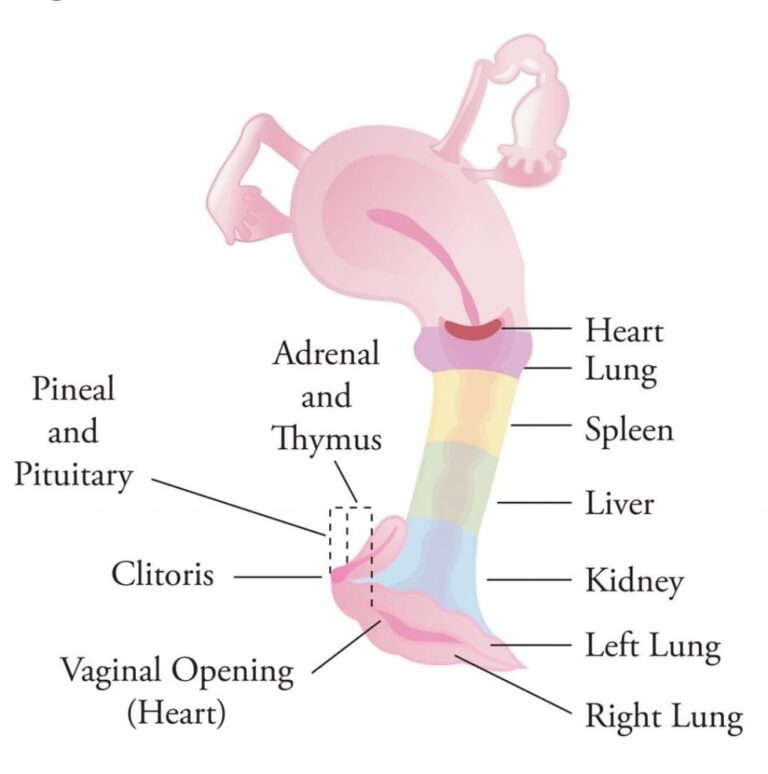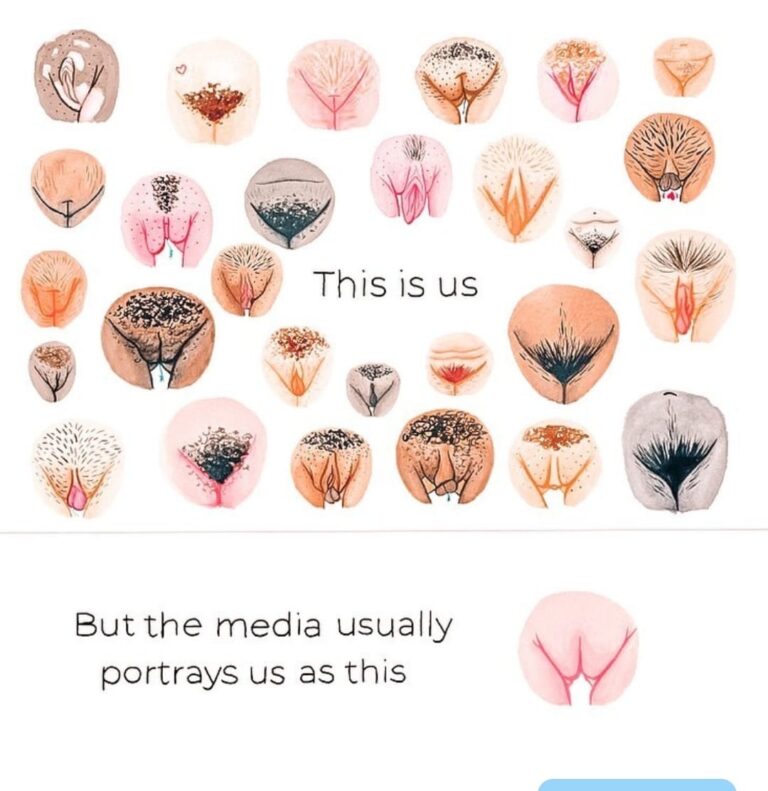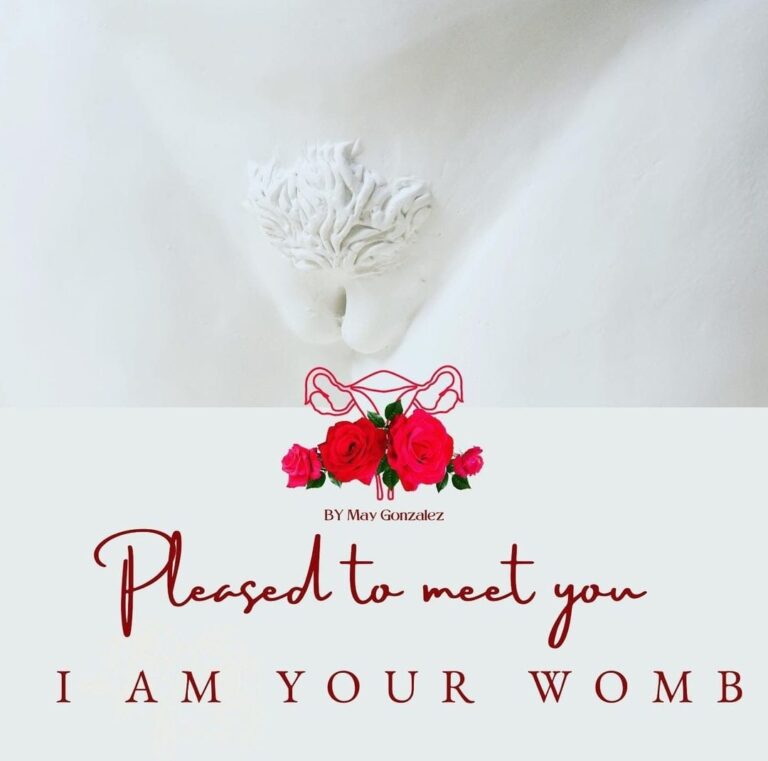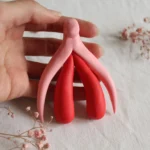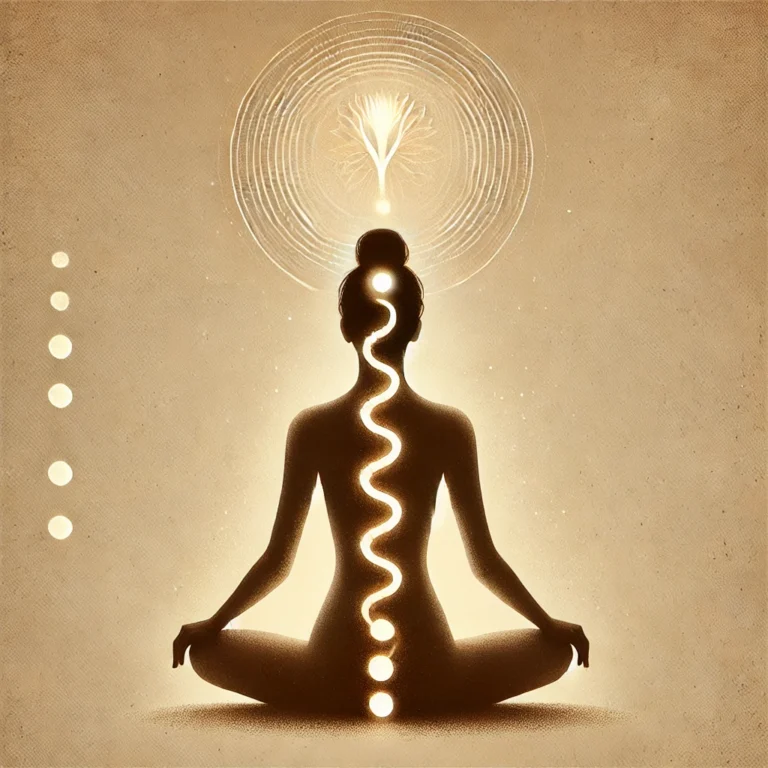In both Tantra and Taoism, the vagina is revered as a sacred center of energy, creation, and transformation. These traditions view the body, particularly sexual organs, as conduits for accessing deeper consciousness, spiritual awakening, and life force energy. The connection of the vagina to the 7 womb portals enhances the understanding of the female body as a gateway for creation, love, and spiritual evolution.
Anatomy of the Vagina
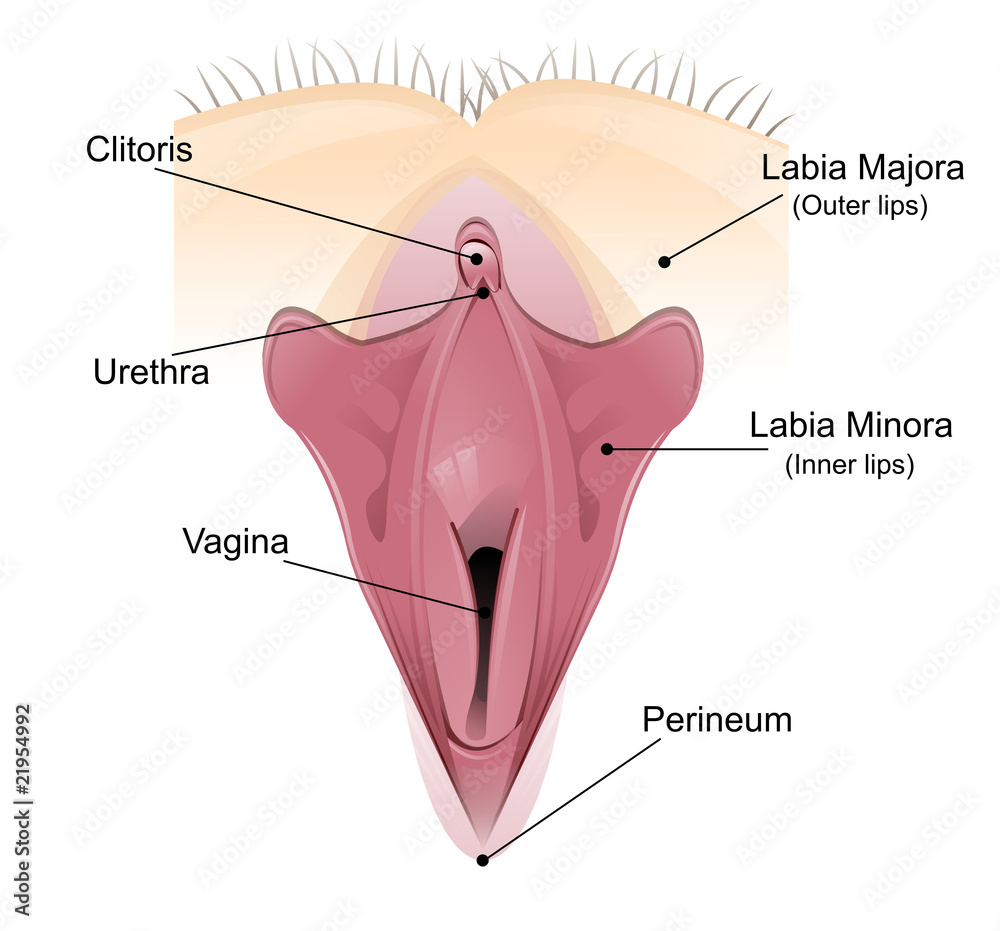
Vagina vs Vagina
The vulva and vagina are distinct parts of the female anatomy, though they are often mistakenly used interchangeably. Here’s a breakdown of the differences:
1. Vulva:
The vulva refers to the external genital organs. It includes:
- Labia majora (outer lips)
- Labia minora (inner lips)
- Clitoris (a sensitive organ involved in sexual pleasure)
- Urethral opening (where urine exits the body)
- Vaginal opening (the external opening leading to the vagina)
- Mons pubis (the fatty area above the labia)
The vulva is visible on the outside of the body and plays a role in protection, sexual pleasure, and urination.
2. Vagina:
The vagina is the internal muscular canal that connects the external vulva to the cervix and uterus. It plays a central role in:
- Sexual intercourse
- Menstrual flow
- Childbirth (it acts as the birth canal)
The vagina is not visible from the outside and serves as a passageway for various bodily functions.
Key Difference:
- The vulva is external (the outer parts of the female genitalia).
- The vagina is internal (the canal inside the body).
Historical and Cultural Context
The vagina, and women’s sexuality more broadly, has often been controlled, shamed, or stigmatized throughout history. In many cultures, discussions of female anatomy have been taboo, and the vagina has been treated with a sense of mystery or disgust. Religious doctrines, patriarchal systems, and societal expectations have contributed to a disconnect between women and their bodies, particularly in terms of sexual autonomy and pleasure.
In some cases, this control has manifested in extreme practices like female genital mutilation (FGM) or cultural demands for chastity and modesty, all aimed at controlling female sexuality. Even in modern societies, there remains a lack of open dialogue around female sexual health and pleasure, often leaving women feeling detached from their own bodies or uncomfortable exploring their sexuality.
The Vagina in Tantra
Tantra is a spiritual tradition that originated in India and focuses on the integration of the body, mind, and spirit. It teaches that sexual energy is a powerful force that, when harnessed properly, can lead to enlightenment and deep spiritual connection.
Sacred Yoni: In Tantra, the vagina is referred to as the yoni, a Sanskrit word that means “sacred space” or “divine passage.” The yoni is not just a physical organ but is seen as the seat of feminine power, creation, and spiritual energy. The yoni represents the source of all life and the universe’s creative force. In tantric practice, the yoni is venerated as a portal to both physical creation (through childbirth) and spiritual creation (through sexual energy and consciousness expansion).
Energy Flow and Kundalini: Tantra teaches that the sexual organs, including the vagina, are central to the awakening of kundalini energy—a primal life force energy coiled at the base of the spine. When activated through meditation, breathwork, or sacred sexual practices, kundalini energy rises through the body, eventually reaching the crown chakra, bringing spiritual enlightenment. The vagina, as part of the energetic system, is the place where this energy can be cultivated and exchanged during sexual union, creating a deep connection between partners and unlocking spiritual dimensions.
Connection to the Womb: In Tantra, the yoni is intrinsically connected to the womb, considered a sacred space where energy is stored, nurtured, and transformed. The womb holds both creative and healing power, and when engaged with intention, it allows for a profound connection to the divine feminine and universal energy.
The Vagina in Taoism
Taoism, a spiritual and philosophical tradition from ancient China, emphasizes living in harmony with the Tao (the way or the natural order of the universe). Sexual energy, in Taoism, is seen as a powerful force that can be harnessed for health, longevity, and spiritual cultivation.
Jade Gate: In Taoism, the vagina is often referred to as the Jade Gate, symbolizing its sacred and powerful nature. The Jade Gate is seen as a portal for both physical pleasure and the movement of qi (life force energy). Taoist practices focus on cultivating, circulating, and refining sexual energy (also called jing) for healing, longevity, and spiritual growth. The vagina plays a crucial role in this process, as it is where sexual energy is accessed, transformed, and exchanged with a partner during intimate union.
Yin Energy: The vagina is associated with yin energy, the receptive, nurturing, and feminine aspect of the Tao. Yin energy, when balanced with yang (masculine) energy, brings harmony and health to the body and spirit. In Taoist sexual practices, such as sexual qigong, the vagina is a gateway for receiving and refining yin energy, which can then be circulated throughout the body to promote vitality and balance.
Healing and Empowerment: Taoism teaches that the vagina is a center for both receiving and healing energy. Taoist practices, like yoni breathing and jade egg exercises, help women reconnect with their sexual organs, balance their energy, and heal emotional or physical trauma. By working with the sexual energy within the vagina, women can cultivate vitality, enhance their spiritual growth, and connect with the sacred feminine.
Reclaiming the vaginas power
The first step in reclaiming the vagina is to reconnect with it on a physical, emotional, and spiritual level. This involves developing a deep sense of body awareness and releasing any internalized shame, guilt, or discomfort associated with the vagina. For many, the disconnection from the vagina has roots in trauma, be it sexual trauma, childbirth trauma, medical trauma, or the everyday microaggressions that come with living in a world that often objectifies or ignores female bodies.
To begin the process of reconnection, self-exploration is key. This may involve physically touching or examining the vagina, using tools such as mirrors or simply one’s hands to look at and feel this part of the body. For many, this can be an emotional experience, as it brings up feelings of vulnerability or even resistance. By approaching this practice with curiosity, patience, and love, individuals can slowly start to undo years of negative conditioning.

When combined, somatic sexology and womb medicine create a holistic approach to sexual and reproductive health, often empowering individuals to reclaim their bodies, heal from trauma, and foster a deeper connection with their own sexuality and creative life force. This integrative practice can be particularly beneficial for those dealing with issues like sexual dysfunction, menstrual irregularities, fertility challenges, or trauma related to childbirth, sexual abuse or abortion.




